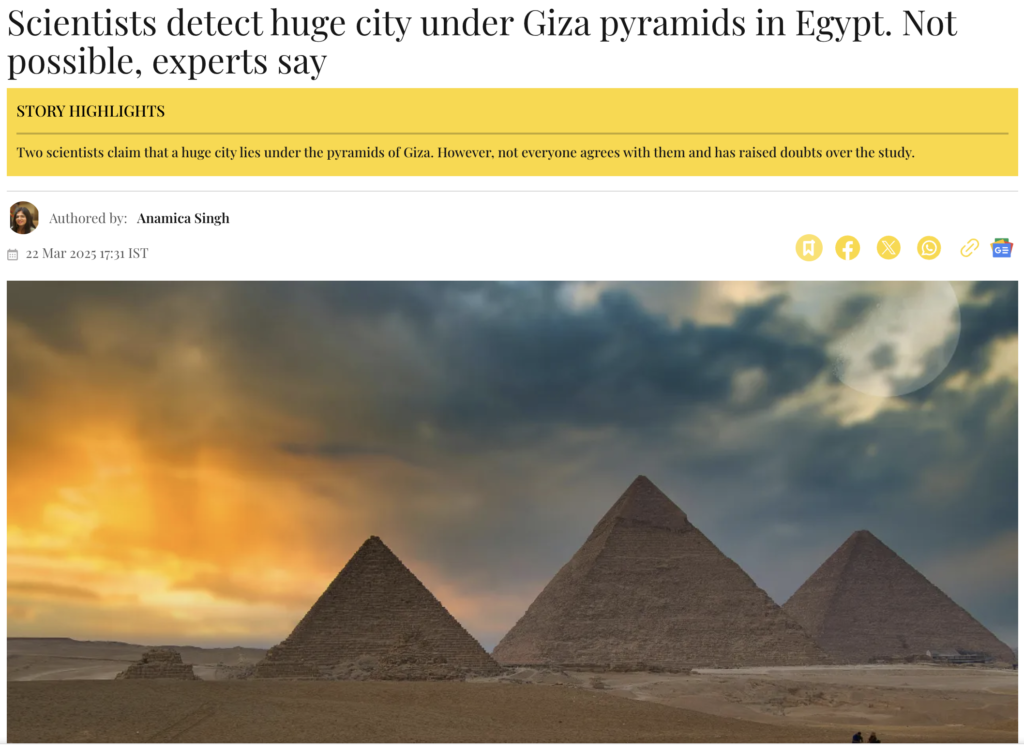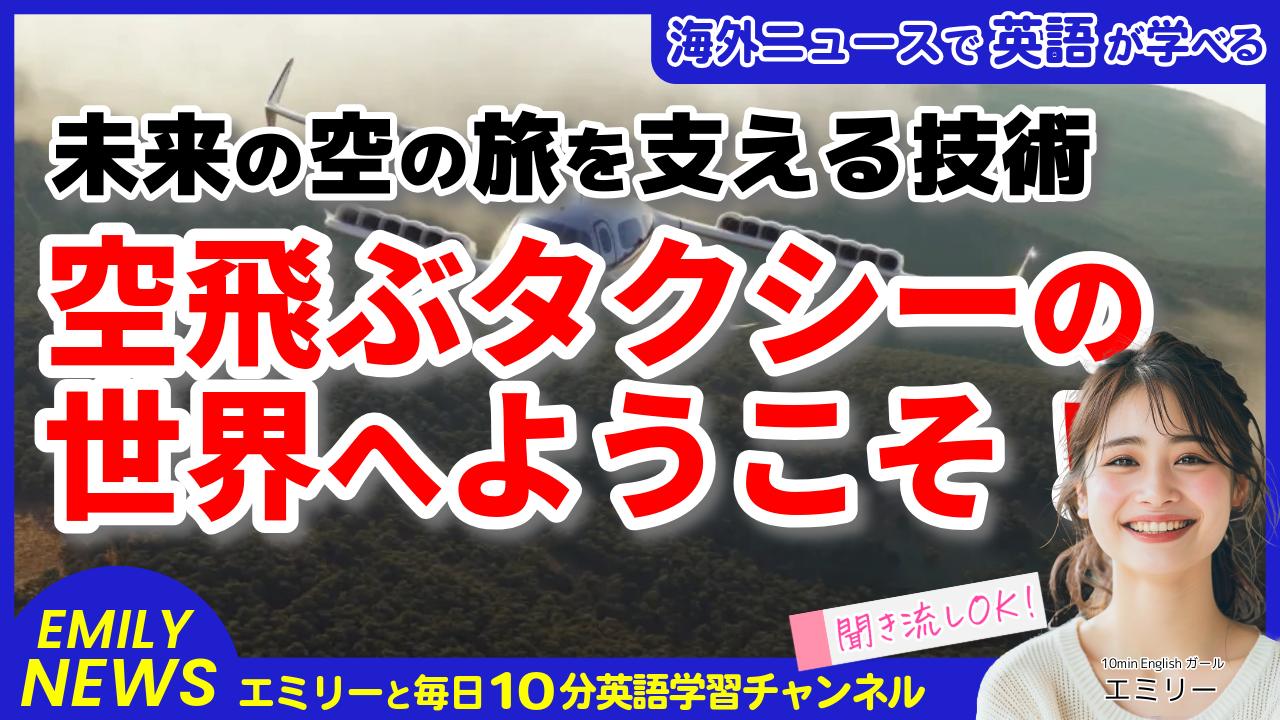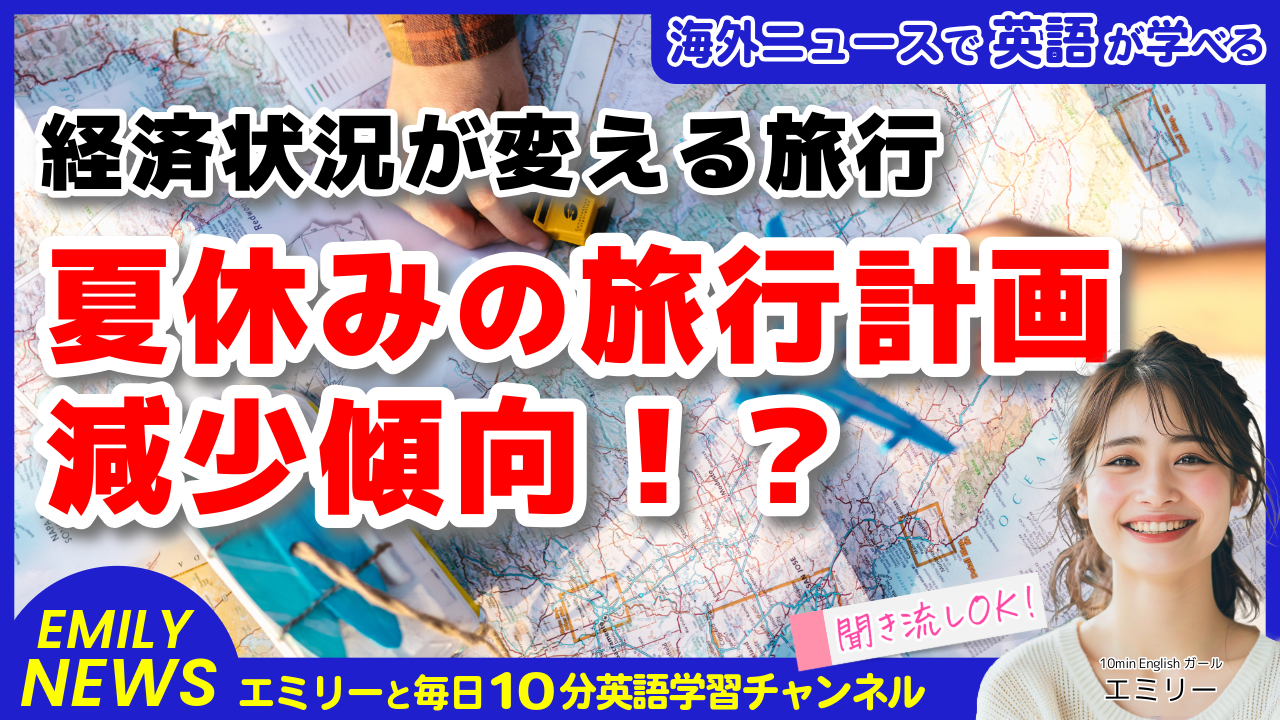気になる英語ニュース「ギザのピラミッド地下に巨大都市?科学者の主張に専門家が異議」
こんにちは!エミリーです。今日は、毎日海外のニュースをひとつピックアップして伝える「エミリーの気になるニュース」のコーナーをお届けします。
今回のニュースは、エジプトのギザのピラミッドの地下に巨大な都市が発見されたという衝撃的な主張と、それに対する専門家の反論についてです。
私も子供の頃からピラミッドのミステリーに興味があったので、このニュースを見つけたときはすごくワクワクしました!でも、真実はどうなのでしょうか?科学的発見と慎重な検証の間の興味深いやり取りを見ていきましょう。
このニュース記事を題材に、英語学習のポイントを交えながら、考古学や科学研究に関する英語表現を分かりやすく解説していきたいと思います。一緒に学んでいきましょう!
エミリーのニュースかんたん解説
The pyramids of Giza, built in Egypt 4,500 years ago, continue to surprise people even today. Archaeologists have now found an entire city underneath the pyramids. They say that the city spans more than 6,500 feet, and is 10 times larger than the pyramids. The claim has been made by researchers from Italy and Scotland. However, it is a claim that several experts were quick to quash.
The researchers used a technology similar to sonar radar to determine what lies beneath the ground. As part of the study, the data was used to create high-resolution images of the region deep within the ground right under the historic pyramids.
The scientists released a paper which is yet to be peer-reviewed and detailed the findings in a press release. They say that they found eight vertical cylinder-shaped structures extending more than 2,100 feet below the pyramid, besides more unknown structures 4,000 feet deeper.
Corrado Malanga, from Italy’s University of Pisa, and Filippo Biondi from the University of Strathclyde in Scotland worked together to look inside the ground and claim to have found the structures that could rewrite Egypt’s history.
However, several experts do not believe this is true since according to them, the technology cannot look that deep into the ground. Professor Lawrence Conyers, a radar expert at the University of Denver who focuses on archaeology, told that the claim of the existence of a city under the pyramids is “a huge exaggeration”.
He says that it is perfectly normal for small structures, such as caves, chambers or caverns to lie under the pyramids. He cited the example of “the Mayans and other people in ancient Mesoamerica” who built pyramids on top of things that had “ceremonial meaning”.
To know for sure whether there is a city under the pyramids, Professor Conyers suggests “targeted excavations”.
エミリーのニュースかんたん解説の日本語訳
4,500年前にエジプトで建設されたギザのピラミッドは、今日でも人々を驚かせ続けています。考古学者たちは今、ピラミッドの地下に一つの都市全体を発見したと主張しています。彼らによれば、その都市は6,500フィート(約2,000メートル)以上に広がり、ピラミッドの10倍の大きさだそうです。この主張はイタリアとスコットランドの研究者によってなされましたが、複数の専門家がすぐに否定しました。
研究者たちは、地下に何があるかを特定するために、ソナーレーダーに似た技術を使用しました。研究の一環として、そのデータは歴史あるピラミッドの真下の地中深くの領域の高解像度画像を作成するために使用されました。
科学者たちはまだピアレビュー(専門家による審査)を受けていない論文を発表し、プレスリリースで詳細な発見内容を説明しました。彼らは、ピラミッドの下2,100フィート(約640メートル)以上にわたって伸びる8つの垂直な円筒形の構造物と、さらに4,000フィート(約1,220メートル)深い場所にある未知の構造物を発見したと言っています。
イタリアのピサ大学のコッラド・マランガとスコットランドのストラスクライド大学のフィリッポ・ビオンディが協力して地中を調査し、エジプトの歴史を書き換える可能性のある構造物を発見したと主張しています。
しかし、複数の専門家はこれが真実だとは考えていません。彼らによれば、その技術では地中をそこまで深く調査することはできないからです。考古学に焦点を当てるデンバー大学のレーダー専門家ローレンス・コニヤーズ教授は、ピラミッドの下に都市が存在するという主張は「大きな誇張」だと述べました。
彼は、洞窟、部屋、空洞などの小さな構造物がピラミッドの下にあるのは完全に正常なことだと言います。彼は「マヤ人や古代メソアメリカの他の人々」の例を挙げ、彼らが「儀式的な意味」を持つものの上にピラミッドを建設したと述べました。
ピラミッドの下に本当に都市があるかどうかを確実に知るために、コニヤーズ教授は「ターゲットを絞った発掘」を提案しています。
覚えておきたい英単語・英語表現
今回は、考古学や科学研究に関連する英単語や表現を紹介します!歴史的発見や研究について英語で話す時に使えるフレーズばかりですよ。それでは、一緒に見ていきましょう!
- peer-reviewed:(形容詞)ピアレビューされた(専門家による審査を受けた)
The article was published in a prestigious peer-reviewed journal.
その論文は権威あるピアレビュージャーナルに掲載されました。 - excavation:(名詞)発掘
Archaeological excavations have revealed ancient pottery at the site.
考古学的発掘により、その場所で古代の陶器が明らかになりました。 - exaggeration:(名詞)誇張
His claim about walking 20 miles was a huge exaggeration.
彼が20マイル歩いたという主張は大きな誇張でした。 - sonar radar:(名詞)ソナーレーダー
Scientists used sonar radar to map the ocean floor.
科学者たちは海底をマッピングするためにソナーレーダーを使用しました。 - high-resolution images:(名詞)高解像度画像
The telescope provided high-resolution images of distant galaxies.
その望遠鏡は遠い銀河の高解像度画像を提供しました。
友達とこのニュースについて話してみたよ!
ニュースについてディスカッションをしてみました!話し合うことで英語力がアップしますので、私たちの会話フレーズを参考にお友達と話をしてみてくださいね!
Emily: 10minガール。サイトの運営者。
Sara : エミリーの友達。グラフィックデザイナー。
Jake : エミリーの友達。旅行ライター兼ブロガー。
Emily: Did you guys see that news about scientists claiming they found a huge city under the pyramids of Giza? It sounds incredible!
Jake: I did! As a travel writer who’s visited Egypt, I’m naturally skeptical. The pyramids have been studied for centuries – finding something that massive now seems unlikely.
Sara: What caught my attention was that their paper hasn’t been peer-reviewed yet. That’s a crucial step in scientific research, isn’t it?
Emily: Absolutely! Peer review is when other experts in the field examine the research methods and findings before publication. It helps ensure the claims are valid.
Jake: The technology they used is interesting though – something similar to sonar radar to create images of what’s beneath the ground. But experts are saying it can’t actually look that deep.
Sara: I wonder about the visual data they’re interpreting. As a designer, I know images can be misinterpreted or overanalyzed, especially when you’re eager to find something significant.
Emily: That’s a good point, Sara. The article mentioned they found structures extending more than 2,100 feet below the pyramid. That’s incredibly deep!
Jake: For comparison, the Empire State Building is about 1,450 feet tall. So they’re claiming to have found structures almost 1.5 times deeper than that building is tall!
Sara: No wonder the radar expert called it “a huge exaggeration.” I like his more measured response – that small structures like caves or chambers under pyramids would be normal.
Emily: He mentioned that Mayans built pyramids on top of places with ceremonial meaning. I find that fascinating – the idea that sacred sites were often built upon earlier sacred sites.
Jake: That’s very common in ancient architecture. When I visited Rome, I saw churches built directly on top of older Roman temples. It was a way of acknowledging the sacredness of the location.
Sara: So what do you think would be needed to verify these claims? The professor suggested “targeted excavations.”
Emily: Yes, that would involve digging in specific locations where they suspect these structures might be, rather than just relying on radar imaging.
Jake: The logistics of doing that would be enormous though. You can’t just start digging under the pyramids without extensive planning and permissions.
Sara: And there’s always the concern about damaging historical sites with invasive techniques.
Emily: It reminds me of how science actually works – one group makes a claim, others challenge it, and then more research is needed to determine what’s really true.
Jake: Exactly! That’s why sensational headlines can be misleading. Real archaeological discoveries usually involve years of careful work and verification.
Sara: I think the most responsible approach is to wait for peer review and further investigation before getting too excited about these claims.
Emily: I agree! Though I have to admit, the idea of a hidden underground city is pretty thrilling to imagine, even if it turns out not to be true!
会話の日本語訳
エミリー:みんな、科学者たちがギザのピラミッドの下に巨大な都市を発見したと主張しているニュースを見た?信じられないほどすごい話よね!
ジェイク:見たよ!エジプトを訪れたことがある旅行ライターとして、自然と懐疑的になるんだ。ピラミッドは何世紀にもわたって研究されてきたから、今になってそれほど巨大なものが見つかるのは考えにくいよね。
サラ:私が注目したのは、彼らの論文がまだピアレビューを受けていないということよ。それは科学研究において重要なステップよね?
エミリー:その通り!ピアレビューは、その分野の他の専門家が発表前に研究方法と発見を検証することよ。それによって主張の妥当性が確保されるの。
ジェイク:でも彼らが使った技術は興味深いね – ソナーレーダーに似たもので地下のものの画像を作成するなんて。でも専門家によれば、実際にはそこまで深く見ることはできないそうだ。
サラ:彼らが解釈している視覚データについて疑問に思うわ。デザイナーとして、特に重要なものを見つけたいという意欲があるとき、画像は誤解されたり過剰に分析されたりすることがあると知っているわ。
エミリー:いい指摘ね、サラ。記事によると、彼らはピラミッドの下2,100フィート以上に及ぶ構造物を発見したんですって。それはものすごく深いわ!
ジェイク:比較のために言うと、エンパイアステートビルは約1,450フィートの高さだよ。つまり彼らは、そのビルの高さの1.5倍近く深いところに構造物があると主張しているんだ!
サラ:レーダーの専門家がそれを「大きな誇張」と呼んだのも無理ないわね。彼のより慎重な反応 – ピラミッドの下に洞窟や部屋のような小さな構造物があるのは正常だという – が好きだわ。
エミリー:彼はマヤ人が儀式的な意味を持つ場所の上にピラミッドを建てたことを言及していたわ。それは魅力的だわ – 神聖な場所がしばしば以前の神聖な場所の上に建てられたという考え。
ジェイク:それは古代建築ではとても一般的だね。ローマを訪れたとき、古いローマの神殿の真上に建てられた教会を見たよ。それはその場所の神聖さを認める方法だったんだ。
サラ:それで、これらの主張を検証するには何が必要だと思う?教授は「ターゲットを絞った発掘」を提案していたわね。
エミリー:そう、それはレーダー画像だけに頼るのではなく、これらの構造物があると疑われる特定の場所を掘ることを含むわね。
ジェイク:でもそれをするための物流は膨大だね。広範な計画と許可なしにピラミッドの下を掘り始めることはできないよ。
サラ:それに、侵襲的な技術で歴史的な場所を損傷する心配もあるわね。
エミリー:科学が実際にどのように機能するかを思い出させるわね – 一つのグループが主張をし、他のグループがそれに異議を唱え、そして何が本当に真実なのかを決定するにはさらなる研究が必要というやつ。
ジェイク:その通り!だからセンセーショナルな見出しは誤解を招くことがあるんだ。実際の考古学的発見は通常、何年もの慎重な作業と検証を含むんだよ。
サラ:私はピアレビューとさらなる調査を待ってから、これらの主張に興奮するのが最も責任ある姿勢だと思うわ。
エミリー:同感よ!でも、隠された地下都市のアイデアは、たとえそれが真実でなかったとしても、想像するとけっこうわくわくすることは認めざるを得ないわ!
もっと!ニュース本文で使われている英単語・英語表現
- findings:(名詞)発見、調査結果
- press release:(名詞)プレスリリース、報道発表
- cylinder-shaped:(形容詞)円筒形の
- quash:(動詞)却下する、打ち消す
- redefined the boundaries:(動詞句)境界を再定義する
これらの表現は、科学や研究について議論する際によく使われます。これらの語彙を習得することで、考古学的発見や研究結果について英語で議論できるようになるでしょう。
さらに!覚えておきたい関連する英単語・英語表現
- archaeological site:(名詞)考古学的遺跡
- ancient civilization:(名詞)古代文明
- artifact:(名詞)人工遺物
- carbon dating:(名詞)炭素年代測定
- excavate:(動詞)発掘する
- ground-penetrating radar:(名詞)地中レーダー
- hieroglyphics:(名詞)ヒエログリフ(象形文字)
- hypothesis:(名詞)仮説
- methodology:(名詞)方法論
- mummy:(名詞)ミイラ
- pharaoh:(名詞)ファラオ(古代エジプトの王)
- preserve:(動詞)保存する
- research findings:(名詞)研究結果
- sarcophagus:(名詞)石棺
- tomb:(名詞)墓
これらの単語は、考古学や古代文明の研究に関連しています。これらの語彙を習得することで、歴史的発見や古代文明について英語で話し合うことができるようになるでしょう。ニュースを読む際や、友人との会話の中で、これらの単語を使ってみてくださいね。
気になるニュース「ギザのピラミッド地下に巨大都市?科学者の主張に専門家が異議」でした。
Let’s enjoy 10 minutes of English together every day!
毎日10分、一緒に楽しく英語を学びましょう!







